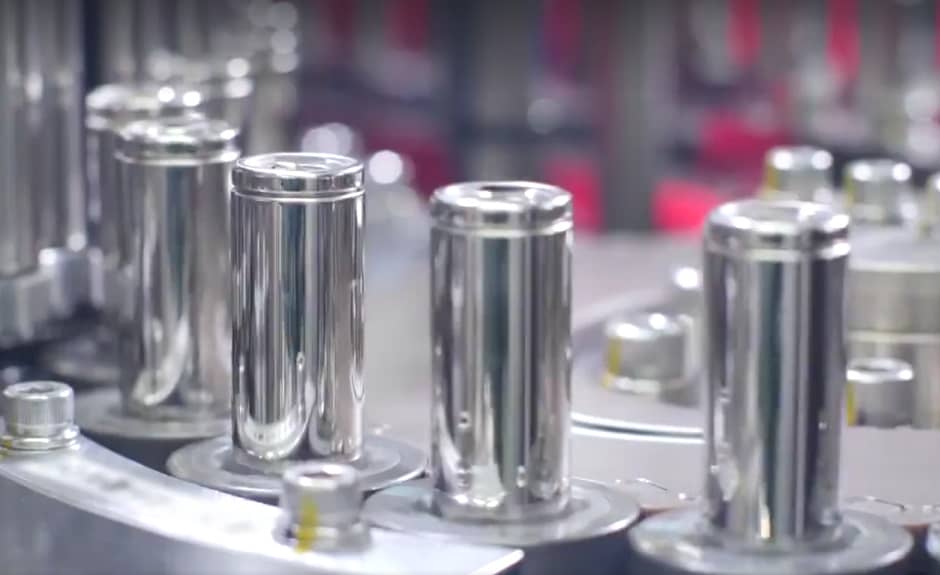Tesla recently formed a 5-year partnership with the Dalhousie University, Canada battery-research group led by Jeff Dahn under the NSERC/Tesla Canada Industrial Research. The first academic partnership of the company is aimed at discovering new ways to enhance the capacity and lifetime of the lithium-ion cells used in Tesla cars. The researcher recently discussed the progress of his team in the Tesla battery project at an event held at MIT.
The Canadian researcher Jeff Dahn, a professor at the Dalhousie University in Halifax, Nova Scotia is one of the pioneers who engineered the lithium-ion battery. The battery packs currently used in Tesla cars have been found to show a capacity degradation of 5% after 50,000 miles (80,000 km). The 5-year partnership Tesla partnership with the research group began in June 2016 with an aim to make the vehicle batteries last for decades. During the talk at MIT Dahn discussed the question “how can one be sure a lithium-ion cell will last many decades in experiments that last only a few weeks?”
It has not been a year since the agreement began and the team has already delivered results, creating cells with a capacity double the lifetime of Tesla batteries. Talking about how the team managed to surpass the goal at such early stages, Dahn said:
“In the description of the [Tesla] project that we sent to NSERC (Natural Sciences and Engineering Research Council of Canada) to get matching funds from the government for the project, I wrote down the goal of doubling the lifetime of the cells used in the Tesla products at the same upper cutoff voltage. We exceeded that in round one. OK? So that was the goal of the project, and it has already been exceeded. We are not going to stop – obviously – we have another four years to go. We are going to go as far as we can.”
Tesla uses nickel cobalt aluminum (NCA) battery cells for its vehicles for other energy products like the Powerwall and Powerpack, the company uses nickel manganese cobalt oxide (NMC) cells with longer life cycle and lesser energy density. Chemical changes catalyze the degradation of battery cells over time, and the team has developed an aluminum coating that will prevent the degradation and last about 20 years for the “superb NMC Li-ion cells that can operate at high potential.” Jeff Dahn demonstrates how it works in the presentation below:
The Institution made Jeff Dahn’s recorded talk at the event private, but the researcher spoke of the batteries about three months ago in an interview.
The new materials for the lithium-ion electrode offer higher energy density with improved safety, longer lifetime, and a lower cost. The production of the battery cells will begin at the Tesla Gigafactory 1 in Nevada in June 2017



This is how electric vehicles are going to succeed. Gradual improvements of a few percent along with the occasional larger leap forward like this. Eventually the cost, range, and practicality of electric vehicles will far exceed those with ICE power plants. When the total costs of ownership are lower than petroleum-powered cars, the later will be relegated to museums and collectors.